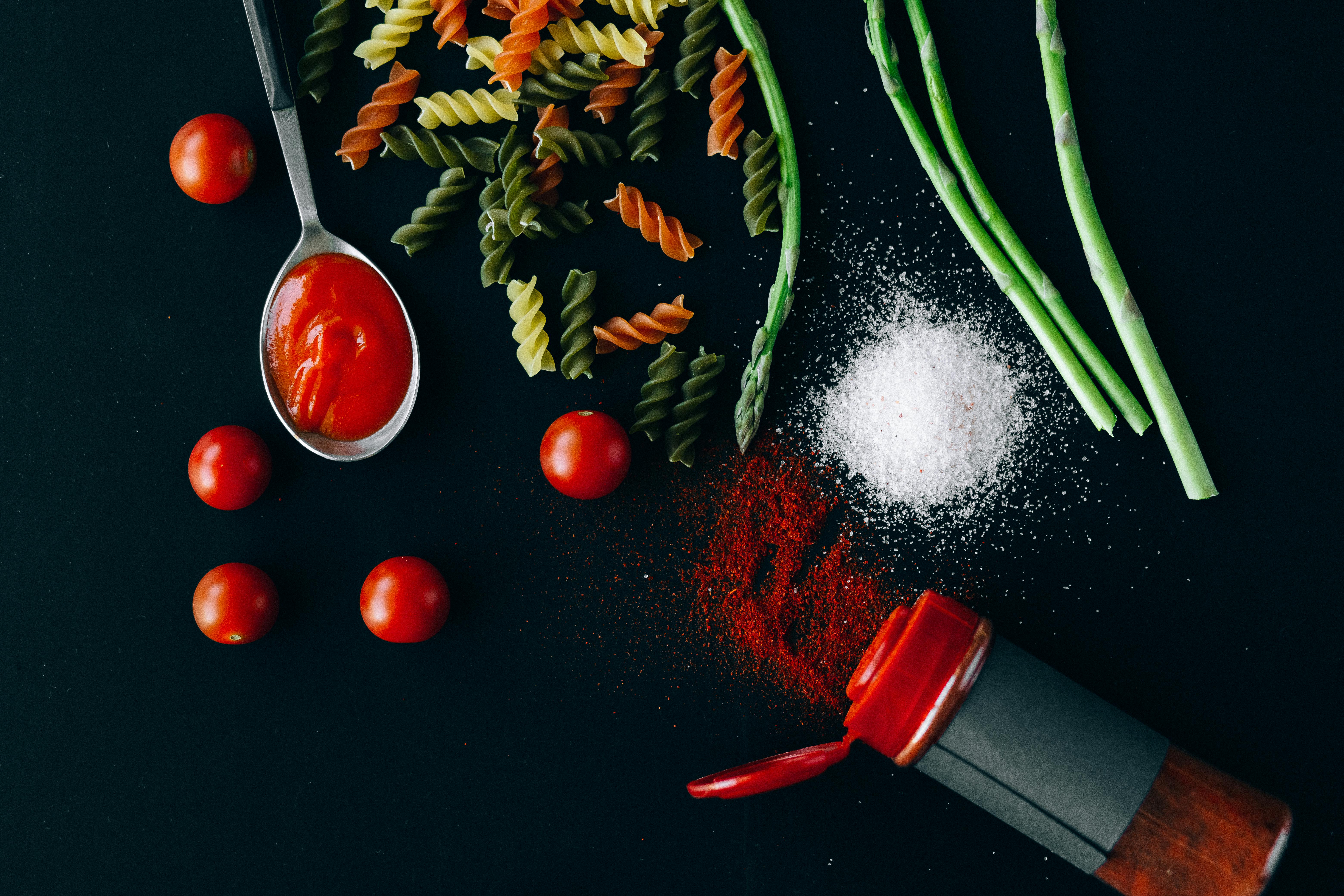
Concrete Countertops – Stamped, Stained, Polished and Colored
admin
- 0
Concrete can be used in many applications using a variety of techniques. It’s tough enough to last for decades, strong enough to be used in structural applications, and malleable (before curing) to mold into almost any shape or form. It can be used in floor, wall and ceiling applications, or it can be used to build statues and furniture. It can be made to look industrial and cold, as well as traditional and warm. With so many applications, it’s almost safe to say that concrete can be used to make just about anything, and countertops are no exception.
Concrete countertops made their debut in restaurants, retail establishments, and homes more than a decade ago; however, they have grown to be more accepted in recent years. Once a countertop material for only the do-it-yourselfers and the exceptionally rich, concrete countertops are now beginning to find their way into mid-priced homes and common commercial applications.
The use of concrete countertops has become an increasingly popular way for designers and homeowners to achieve a look unmatched by any other material. Concrete countertops can add the perfect design element to almost any design style, including traditional, earthy, modern, industrial, contemporary, and more. Concrete countertops are only limited by the imagination and the ability to make the shapes as such.
Key components that affect the appearance of concrete countertops
aggregates
All concrete requires coarse and fine aggregate for proper consistency and strength. In fact, these aggregates are a main composition of concrete. In the application of countertops, aggregates are of great importance. Obviously, the aggregates must allow the concrete to set as it should. However, aggregates can also play a role in the aesthetics of the concrete countertop. For example, the type of fine aggregate chosen (ie sand) can dramatically change the color of the finished product. Also, if the countertop is polished, the process can crush the concrete and expose the aggregates. In this case, the sizes and colors of the aggregates are just as important as any coloration of the concrete to the final appearance of the top. Also, if you expose aggregate, consider using aggregates other than gravel, including broken glass, marble or granite chips, nuts and bolts, etc.
Portland cement.
Portland cement is the binder that holds the concrete together. Because traditional Portland cement is gray in color, it can affect the overall appearance of the concrete countertop. If you’re looking for a countertop that can be easily stained dark colors, or want to leave your concrete countertops in the natural gray color, then regular Portland is the right choice for the project. However, if your concrete countertop is going to be white or light colored, or if you need it to be easily stained or stained, choosing a white Portland cement may be more suitable. It has the same binding properties as traditional Portland, only it is white in color when cured. White Portland is the only way to get a truly white concrete countertop.
Colors.
There are a variety of techniques used to achieve a certain color in a concrete countertop. One of the most basic methods is to add a pigment to the concrete mix before the countertop is poured. These colors are often called integral colors or integrated colors. Integral colors add color to the entire countertop, making the center of the countertop the same color as the surface. This is especially important if it is to be ground or polished after pouring. Post-pour colors will fade, exposing the original color of the concrete. Some post-pour concrete staining techniques include stained concrete countertops, stained concrete countertops, and stained concrete countertops. Each coloring method will result in a unique and different result. In general, the same rules apply for pre- and post-pour staining techniques for concrete countertops as for regular concrete slabs. Be sure to check out the rules and tips for each of these techniques before you try them. For example, you may want to wait until the concrete countertop is fully cured before applying any stain, which can take up to 60 days for interior applications.
Sealants.
For every concrete countertop, you’ll want to use some type of sealer. Concrete is naturally porous, so you’ll need a sealer to prevent the pores from absorbing bacteria, stains, etc. There are many different sealants. Because this sealer will protect your investment in the concrete countertop, don’t skimp on this step. Especially for kitchen applications, choose an FDA-approved sealant. There are also some that are less complicated than others, so pay attention to details like application procedures and the length of time between applications. Sealers can come in different glosses and even tints. A higher gloss sealer tends to bring out the richness of the colors, while a flat or matte sealer will dull the concrete countertop a bit. Tinted sealer should be used with care because if the color is conflicting or the particle count of the dye is too high, it can completely ruin the hard work you put into the concrete countertop.
Decorative accessories.
Concrete countertop manufacturers have been trying out many unique ways to set their countertops apart. A semi-common technique is to embed decorative materials into the concrete countertop when the concrete has not yet cured. Inlaid materials can include seashells, tiles, natural stones, glass, etc. Even the most delicate objects, such as preserved leaves, can be removed. Although a sealer can add some protection, always consider the long-term durability of the materials you choose to embed in your countertop. Countertop artists have also been playing around with objects to print into the concrete. If used on a functional countertop, prints should be shallow to avoid creating an area for dirt and grime to collect. Printing materials are plentiful and can include rubber stamps, hand or foot prints, leaves and sticks, cookie cutters or cake pans, etc.
Surface finishes.
For the surface, there are many different finishes you can choose from, including flat, polished, embossed or embossed, smooth, textured, and more. This finish can have a great impact on the final appearance of the concrete countertop.
edge shape.
If you can imagine an edge finish, it’s available with concrete countertops. The only limitation is the manufacturer’s ability to create the mold or form. Of course, square corners are an easy and common edge shape for concrete countertops. Additionally, you can use a router, like those used on granite or marble countertops, to create edge styles including round nose, round corners, triple egg, ogee, and more. There are also a variety of Styrofoam molds and rubber edging that can mimic wood trim, jagged rock edging, and many more. However, if you’re feeling adventurous, you can create your own molds. Just remember: you only get one try. If you’re wrong, the only solution is a new concrete countertop.
sinks
If you’re really looking for a streamlined look with your countertop, consider molding your sink into the concrete countertop. This will mean you have a flowing piece that represents the countertops and sink with no seams. There are even more sink shapes available with concrete than with other materials. Again, if you can dream it up and build the mold, you can do it with concrete.

